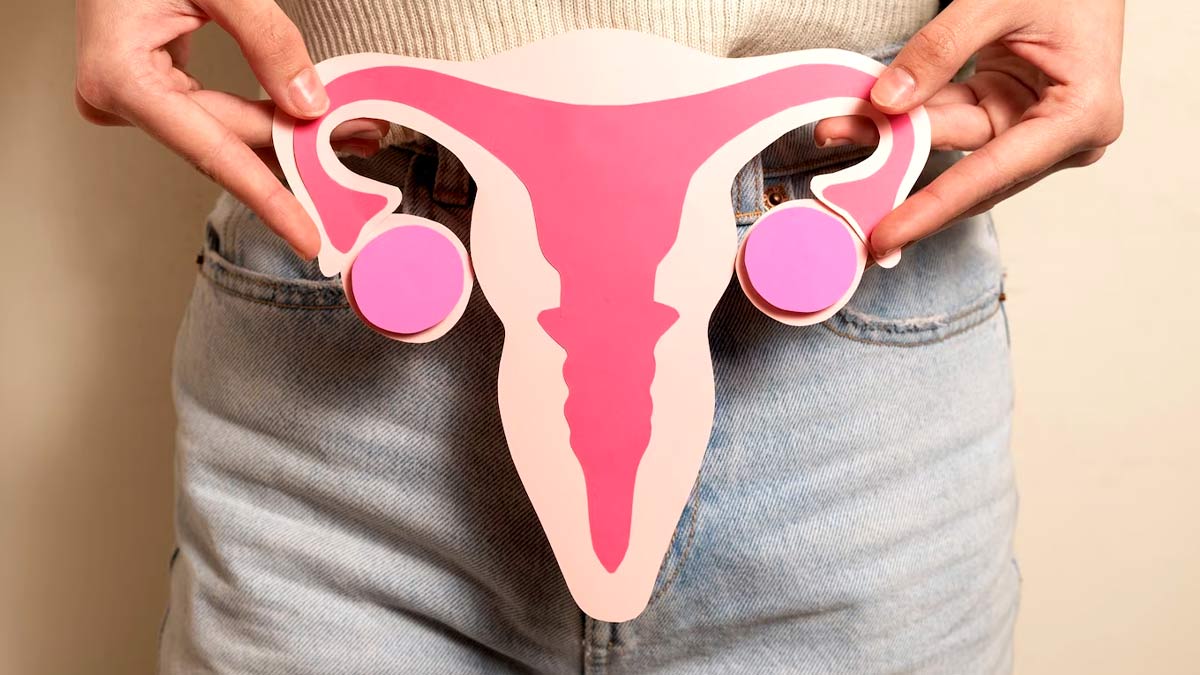
The pelvic region is home to various organs, held in place by a network of muscles and tissues that collectively form the pelvic floor. Over time, this supportive structure can weaken, leading to organ displacement and sagging. This condition is known as prolapse, wherein the organs shift from their natural positions. One specific form of prolapse is vaginal prolapse, characterised by the collapse of the upper vagina into the vaginal canal. We've consulted Poornima Kinila, Consultant - Obstetrics and Gynaecology and Infertility, Aster RV Hospital, to provide insights and clarity on this condition.
Table of Content:-
Understanding Vaginal Prolapse
"Vaginal prolapse can range in severity, from minor to extensive. In mild cases, it's classified as an incomplete prolapse, while the more significant displacement of organs results in a full prolapse," said Dr Kinila. She added that severe cases of full prolapse can even lead to organs protruding from the vaginal entrance, causing substantial discomfort.
Also Read: What Is Pelvic Organ Prolapse? Dr. Cuterus Explains
Pelvic Anatomy and Prolapse

"The pelvic region comprises vital organs like the uterus, vagina, rectum, bladder, and urethra, all supported by the pelvic floor muscles, analogous to an upside-down umbrella," said Kinila. "However, circumstances like childbirth or the ageing process can lead to the weakening and collapse of this support system, resulting in prolapse," she added.
She highlighted that various types of prolapse exist, each named based on the organ's displacement, with vaginal prolapse being a common occurrence.
Prevalence and Symptoms of Vaginal Prolapse
Nearly half of women aged 50-79 experience varying degrees of uterine or vaginal vault prolapse, as well as other manifestations of pelvic organ prolapse, as per John Hopkins Medicine.
"Symptoms include sensations of fullness, heaviness, and pain in the pelvic area, exacerbated by activities like standing, lifting, or coughing," she highlighted.

"Additional signs encompass lower backache, bulging in the uterus, the feeling of something slipping out of the vagina, urinary incontinence, recurrent bladder infections, difficulty in bowel movements, sexual intercourse difficulties, and challenges with tampon insertion," she added.
Root Causes of Vaginal Prolapse
"The vagina's position within the pelvis is upheld by muscles and tissues forming a supportive framework. As time goes on, this framework can weaken, allowing the vagina to descend and cause prolapse," said Dr Kinila.
Also Read: 8 Signs Of Weak Pelvic Muscles In Women To Watch Out For
According to Dr Kinila, the common factors contributing to vaginal prolapse include childbirth, particularly vaginal deliveries with extended labour or large babies, ageing, excessive physical strain or heavy lifting, genetic predisposition, and activities that exert pressure on the abdominal area, such as maintaining unhealthy body weight, strenuous lifting, chronic coughing, and difficulty in defecation.
Treatment Approaches of Vaginal Prolapse
Dr Kinila suggested that the treatment for vaginal prolapse hinges on its severity. Healthcare professionals may opt to monitor mild cases over time to prevent exacerbation. "Treatment can be both non-surgical and surgical, with the approach determined by factors, such as overall health, age, the seriousness of the prolapse, future childbearing plans, and desire for penetrative intercourse," said the doctor.
She said that collaborating with specialists, such as those at obstetrics and gynaecology hospitals, is crucial in devising an effective treatment plan tailored to individual circumstances.
Conclusion
Understanding the intricacies of vaginal prolapse empowers individuals to recognise its symptoms, grasp its root causes, and explore appropriate treatment options. With the guidance of experts, a comprehensive approach to managing and addressing vaginal prolapse can greatly enhance the quality of life for those affected.
[Disclaimer: This article is for informational purposes only. Consult your healthcare provider to get a thorough diagnosis and treatment as per your health needs.]
Also watch this video
How we keep this article up to date:
We work with experts and keep a close eye on the latest in health and wellness. Whenever there is a new research or helpful information, we update our articles with accurate and useful advice.
Current Version
